Home > Tourist Attractions
Discover the Majestic Charm: Top Tourist Attractions in Jodhpur
Jodhpur's story begins with the Rathore Clan, and at its heart is Rao Jodha, the clan’s chief, who established the city in 1459. It was named in his honour, but before Jodhpur, it was known as Marwar, a name that still echoes through its historic streets. During the British Raj, Jodhpur stood tall as the largest state in Rajputana by land. It prospered under British rule, with the city's merchants, the Marwaris, rising to prominence and playing a key role in trade across India. When India gained independence in 1947, Jodhpur merged into the Indian Union, becoming the second city of Rajasthan, and carrying its legacy forward into a new era.
Mehrangarh Fort
Mehrangarh Fort stands as one of the largest and most magnificent forts, not just in Jodhpur, but in all of Rajasthan. It's a beacon of history and grandeur, drawing visitors from across the world to marvel at its towering presence. Perched atop a 150-metre-high hill, the fort was founded by Rao Jodha in 1459. Its imposing silhouette can be seen from the city below, with a circular road winding up the hill to its entrance, just 15 km away. To enter Mehrangarh, one must pass through seven gates, each echoing the battles of the past. The second gate still bears the scars of cannonball strikes from the attacking Jaipur armies. Among these gates is Jayapol, which translates to 'victory', built by Maharaja Man Singh to mark his triumph over the armies of Jaipur and Bikaner. Another called Fatehpol, also meaning 'victory', was constructed by Maharaja Ajit Singh after defeating the Mughals. Mehrangarh Fort stands as a testament to the skill and dedication of Jodhpuri craftsmen, its beauty and resilience reflecting the rich history of the region.
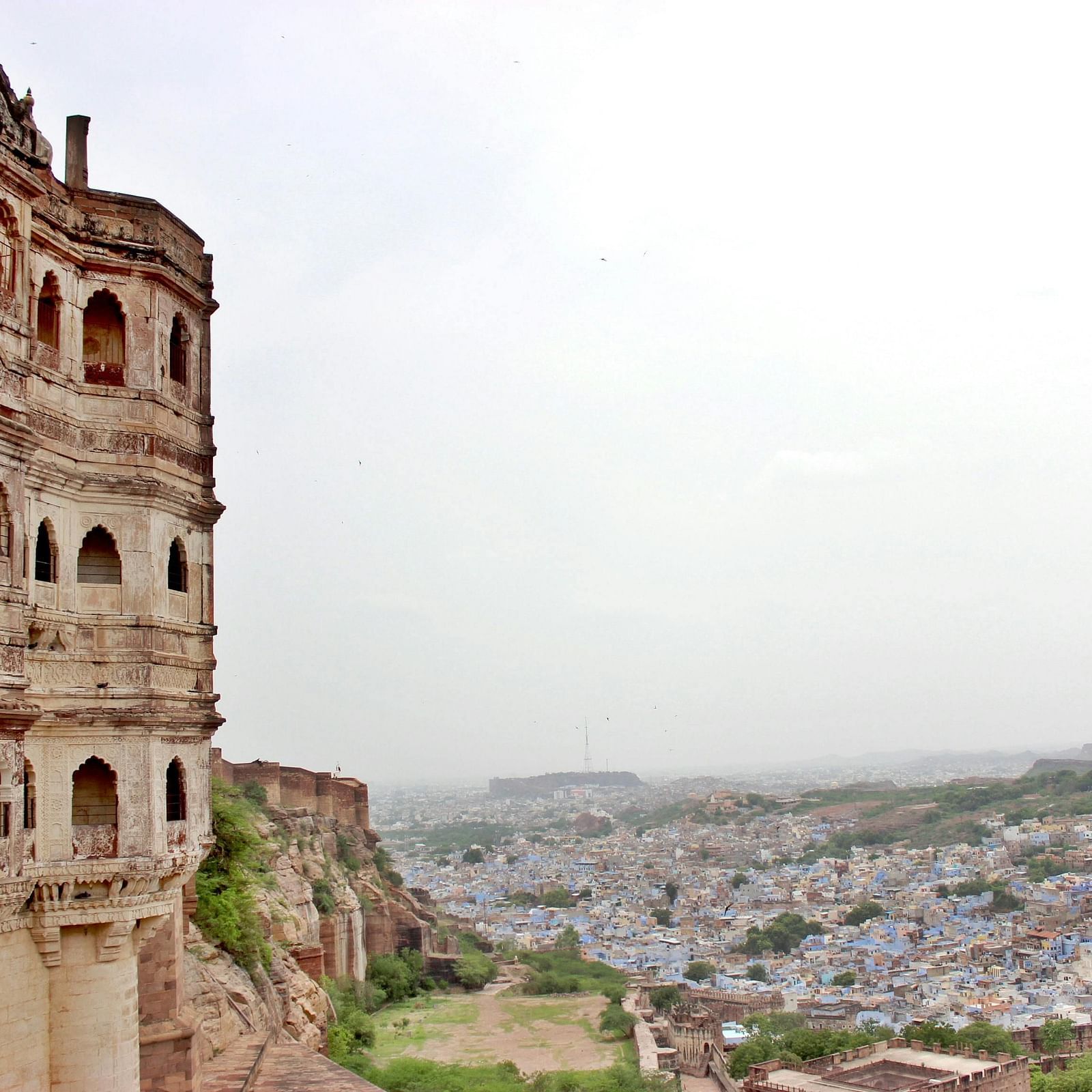

Jaswant Thada
Located near Mehrangarh Fort, Jaswant Thada is a striking 19th-century cenotaph in Jodhpur, built in memory of Maharaja Jaswant Singh II by his son, Maharaja Sardar Singh. This white marble memorial, known for its intricate carvings, emits a warm glow when sunlight touches its polished surface. Inside, portraits of Jodhpur's rulers are displayed, and the cenotaph is surrounded by other tombs and a royal crematorium. The temple-like structure, set against rocky hills, offers serene views and a mystical atmosphere. A visit to Jaswant Thada is a must for anyone exploring Jodhpur's rich heritage, situated just 12 km away.
Clock Tower
Sardar Market is right in the heart of the city, easily recognisable by the towering Clock Tower built by Maharaja Sardar Singh (1880-1911), from whom the market gets its name. The Clock Tower stands tall, dominating the scene situated approximately 14 km away. Even if you're not planning to shop, the market is a must-see. It's a lively mix of people, colours, and sounds, offering a real glimpse into the hustle and bustle of a traditional Indian market. Wander through the narrow alleys that lead to vibrant bazaars selling everything from textiles and antiques to silverware and handicrafts. Each lane has something unique to offer!
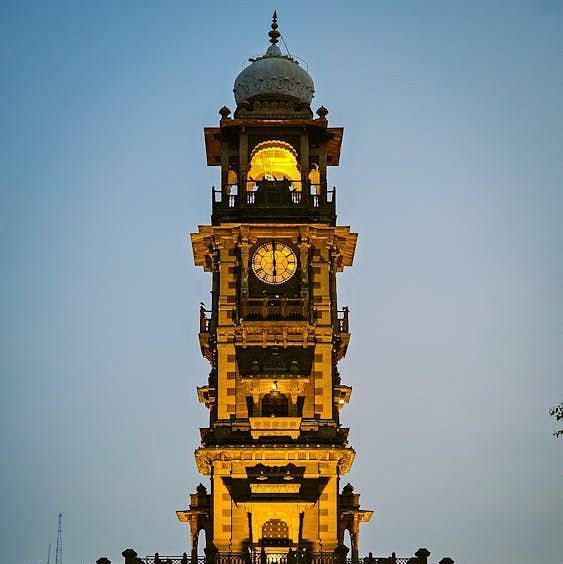
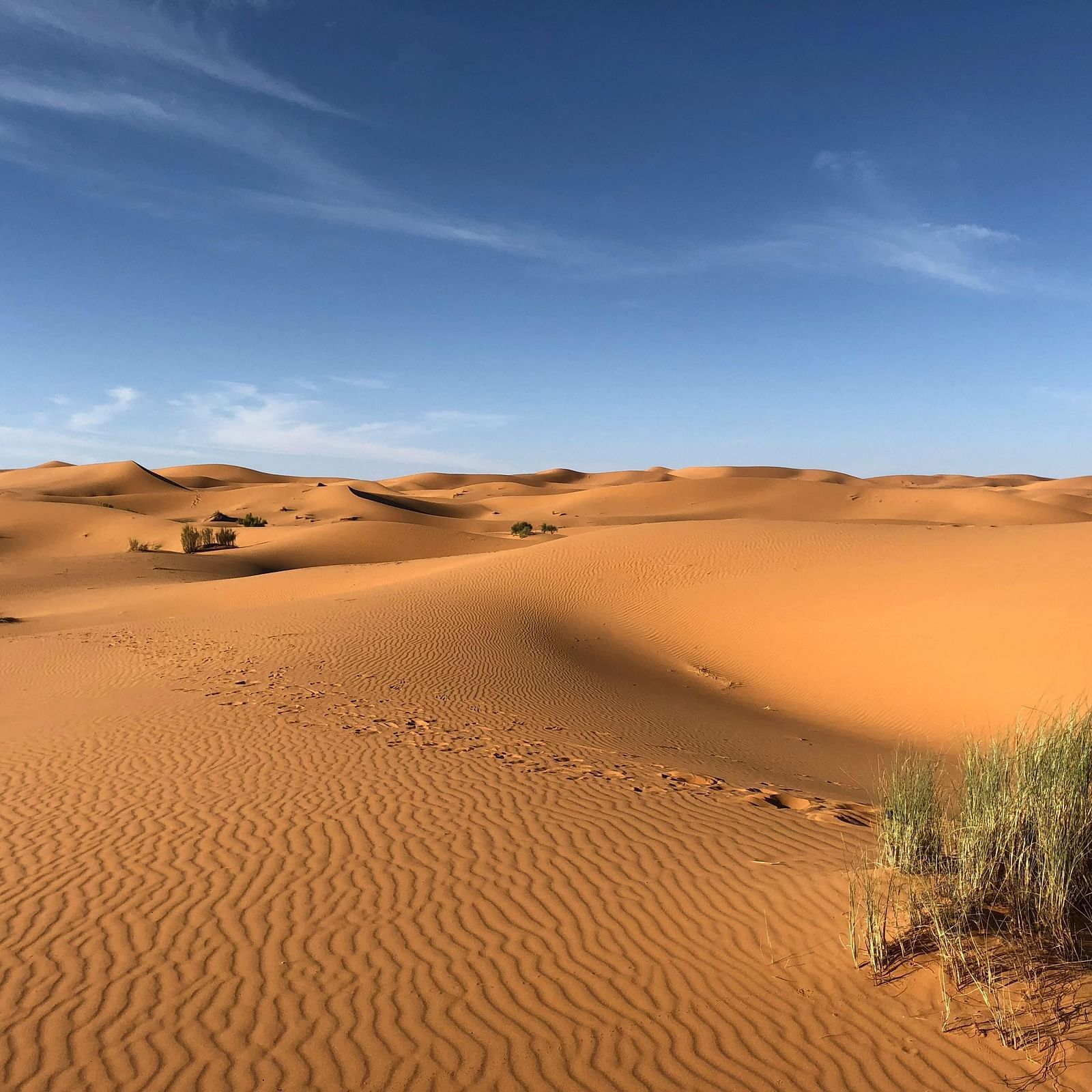
Osian Sand Dunes & Camel Safari
Tucked away on the edge of the Thar Desert, Osian (or Osiyan) is a historic town in Rajasthan’s Jodhpur district, located about 55 km from the city. Known for its ancient Jain and Hindu temples—such as the Sachiya Mata Temple, Sun Temple, Kali Temple, and the exquisitely carved Jain Temple—Osian reflects the spiritual and architectural richness of the Marwar Kingdom. Beyond its sacred sites, Osian serves as a gateway to the desert, offering one of the most authentic camel safari experiences in Rajasthan. Riding through the vast, golden dunes on camelback allows visitors to truly connect with the desert’s serene beauty, encounter glimpses of rural life, and take in panoramic views that stretch to the horizon. Whether you're exploring centuries-old temples or journeying across the sands with Reggie’s Camel Camps, Osian offers a captivating blend of heritage, adventure, and the timeless rhythm of desert life.
Umaid Bhawan Museum
There’s nothing quite like experiencing the Thar Desert from the back of a camel, and Osian offers one of the best camel safaris in Rajasthan. As you ride through the endless golden dunes, the landscape unfolds slowly—quiet, vast, and breathtaking. It’s the perfect way to soak in the desert’s beauty, feel its rhythm, and catch a glimpse of rural life along the way. Our camel safari is designed to give you more than just a ride—it’s an adventure filled with stories, stunning views, and moments you’ll remember long after the journey ends. If you’re looking to truly experience the desert, this is the way to do it.
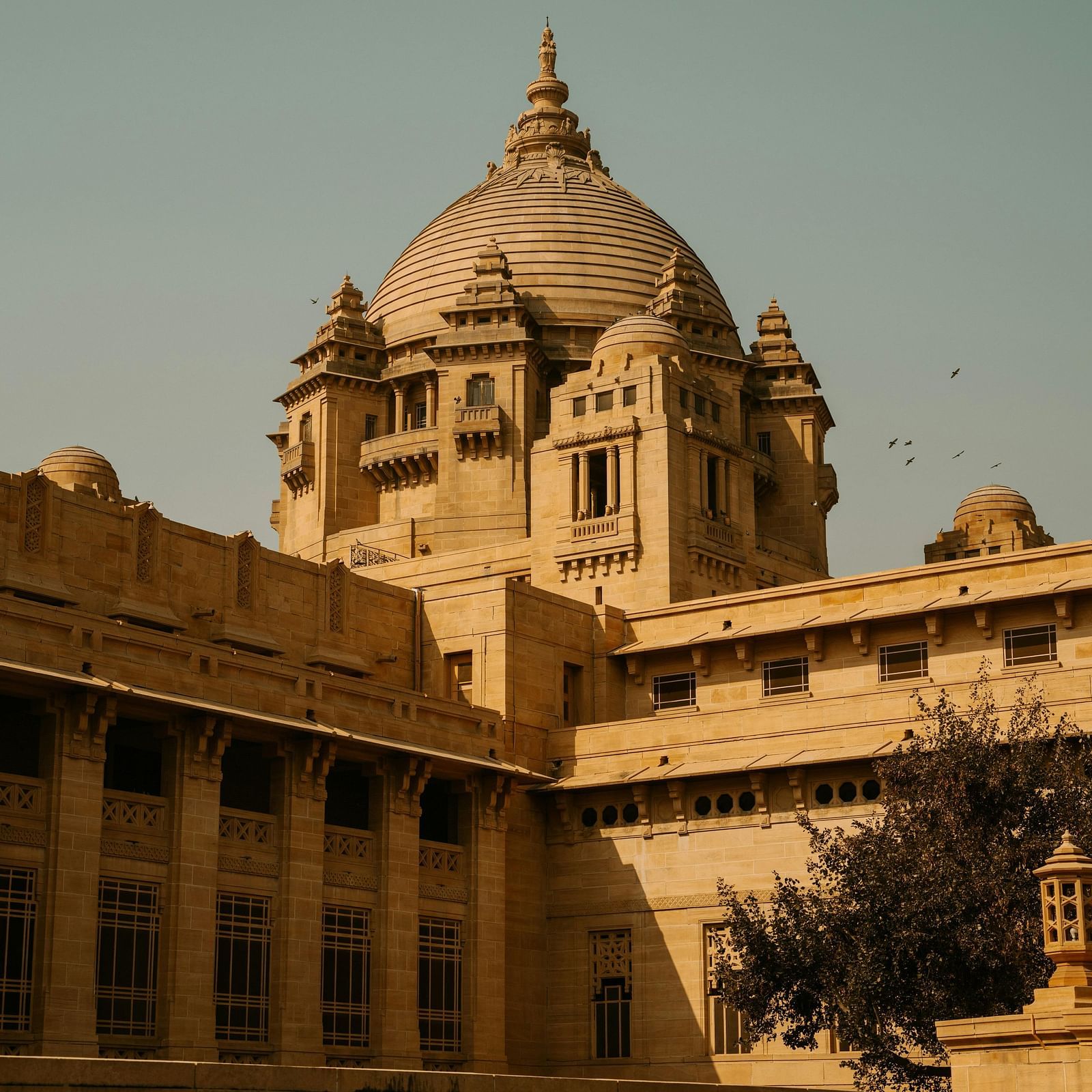
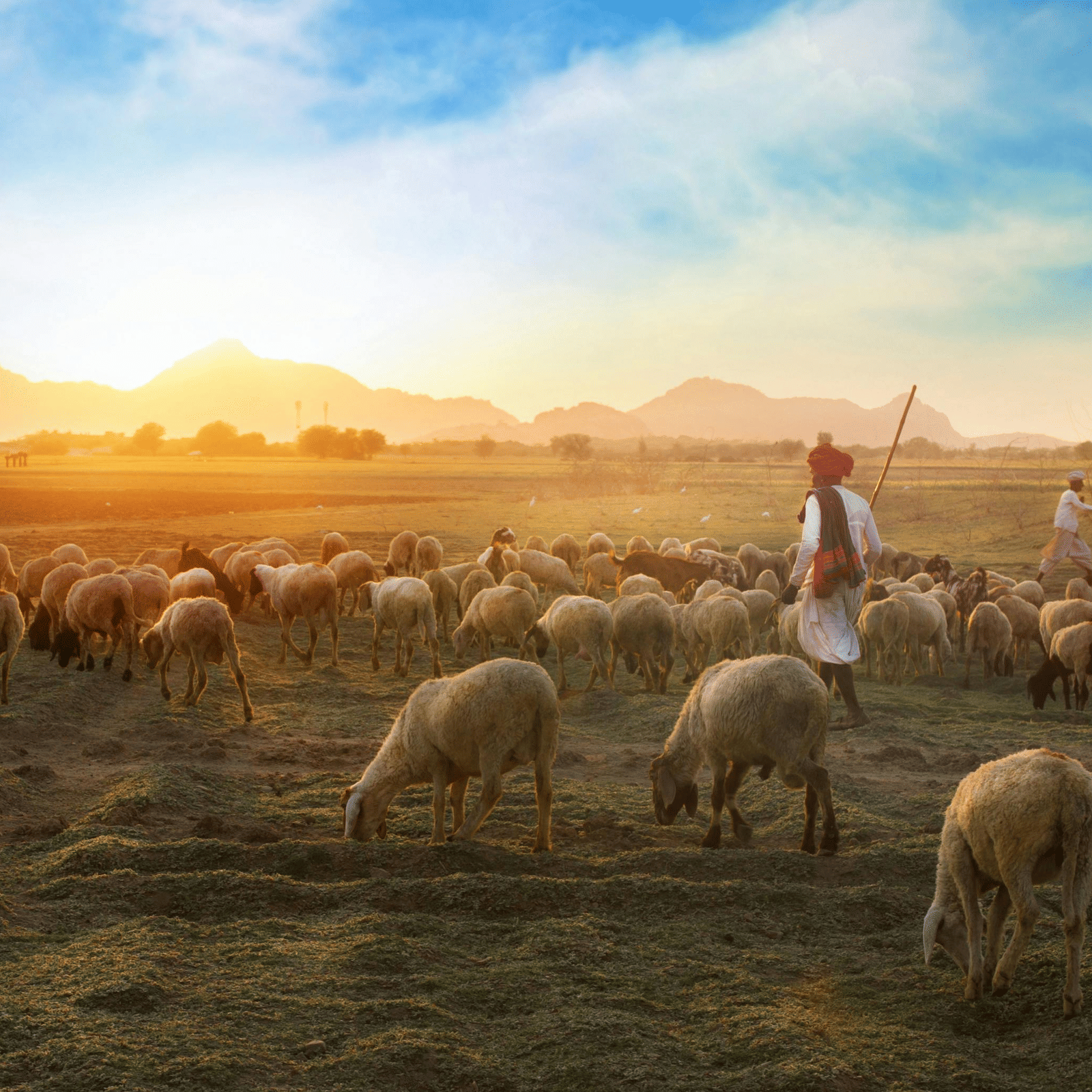
Bishnoi Village Safari
Bishnoi Village, located just 21 km from Jodhpur in Rajasthan, offers a unique and immersive experience into the eco-conscious lifestyle of the Bishnoi community. Renowned for their deep-rooted commitment to nature, the Bishnois have long protected local wildlife—especially the blackbuck antelope—and the sacred Khejri tree, allowing life to flourish in the arid desert landscape. The Bishnoi Village Safari provides visitors with a fascinating glimpse into rural Rajasthan, where traditions, vibrant attire, and sustainable practices come together. Guests can explore Guda Bishnoi Lake, ideal for a peaceful picnic or birdwatching, with chances to spot blackbucks, chinkaras, and migratory birds like demoiselle cranes. The safari also highlights local craftsmanship, from potters and weavers to shepherds and farmers, offering an inspiring look at a way of life harmoniously tied to nature and heritage.
Surpura Dam
Surpura Dam, located near Jodhpur, Rajasthan, is a scenic reservoir that serves as a vital water source for the region. Surrounded by rocky landscapes and lush greenery, it is a peaceful getaway for nature lovers and bird watchers, with a rich diversity of flora and fauna. The dam also supports local agriculture and provides opportunities for boating, fishing, and photography. Its tranquil ambiance makes it a perfect spot for picnics, leisurely outings, and sunset views. The Dam is situated around 4 km away.

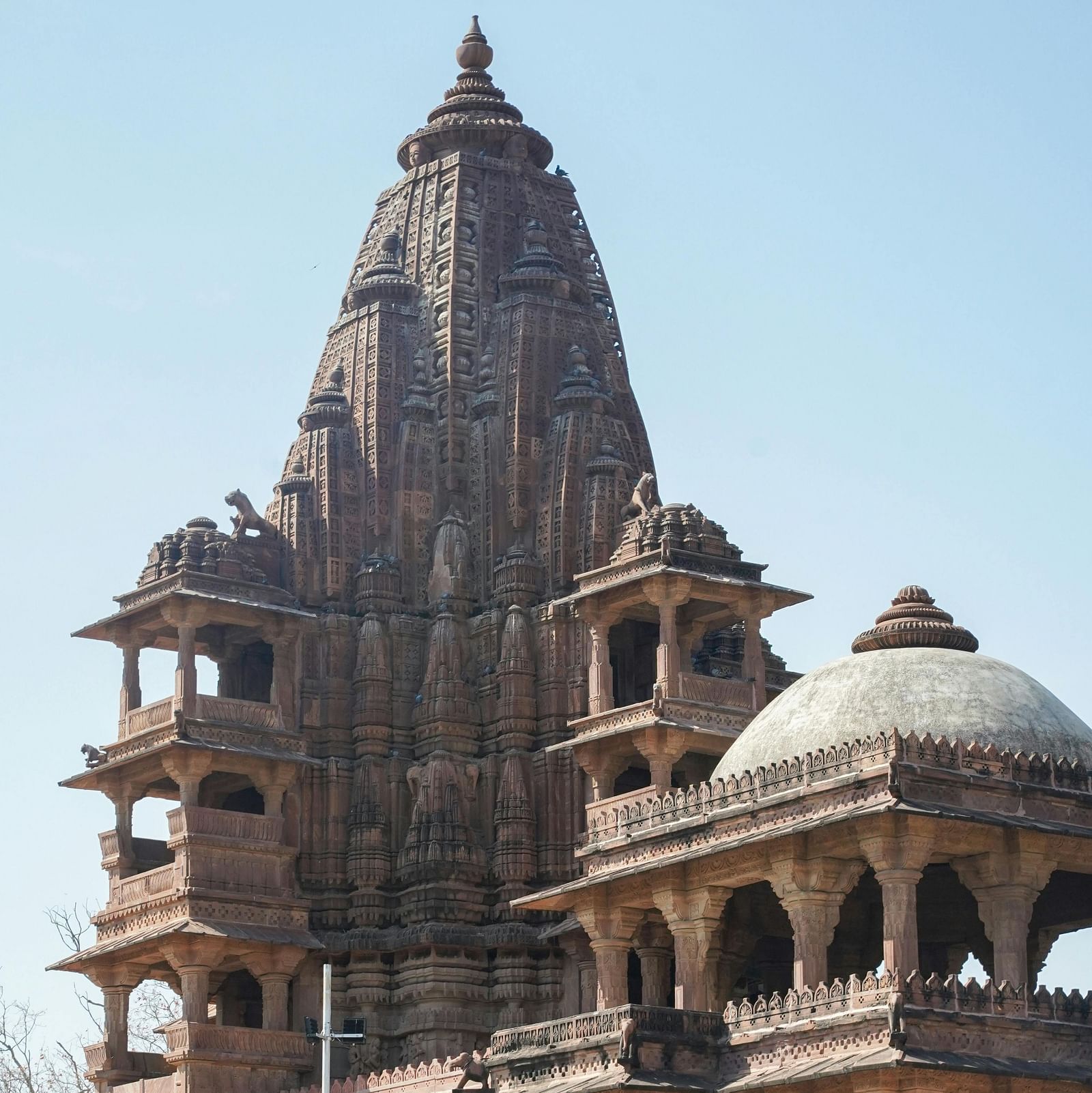
Mandore Garden
It is a historic site known for its stunning cenotaphs, lush gardens, and rich heritage. Once the capital of the Marwar region before Jodhpur, it houses the grand memorials of Marwar rulers, built in an architectural blend of Rajput and Mughal styles. The garden features beautifully carved temples, a museum showcasing artifacts from Rajasthan’s royal past, and the Hall of Heroes, dedicated to Rajput folk heroes and deities. With its serene ambience, vibrant greenery, and historical significance, Mandore Garden is a must-visit destination for history enthusiasts and nature lovers alike. The Garden is situated almost 6 km away.
Blue City Walk
It is a guided heritage walk through the city's iconic blue-painted alleys, offering a deep dive into its rich history, culture, and architecture. This walking tour takes visitors through the narrow lanes of the old city, past traditional havelis, bustling markets, ancient temples, and vibrant street art. Highlights include Mehrangarh Fort views, hidden stepwells, and interactions with local artisans. The blue houses, painted to keep interiors cool and originally signifying Brahmin homes, create a picturesque setting. The walk provides insights into Jodhpur’s traditions, legends, and daily life, making it a must-experience for history and culture enthusiasts.
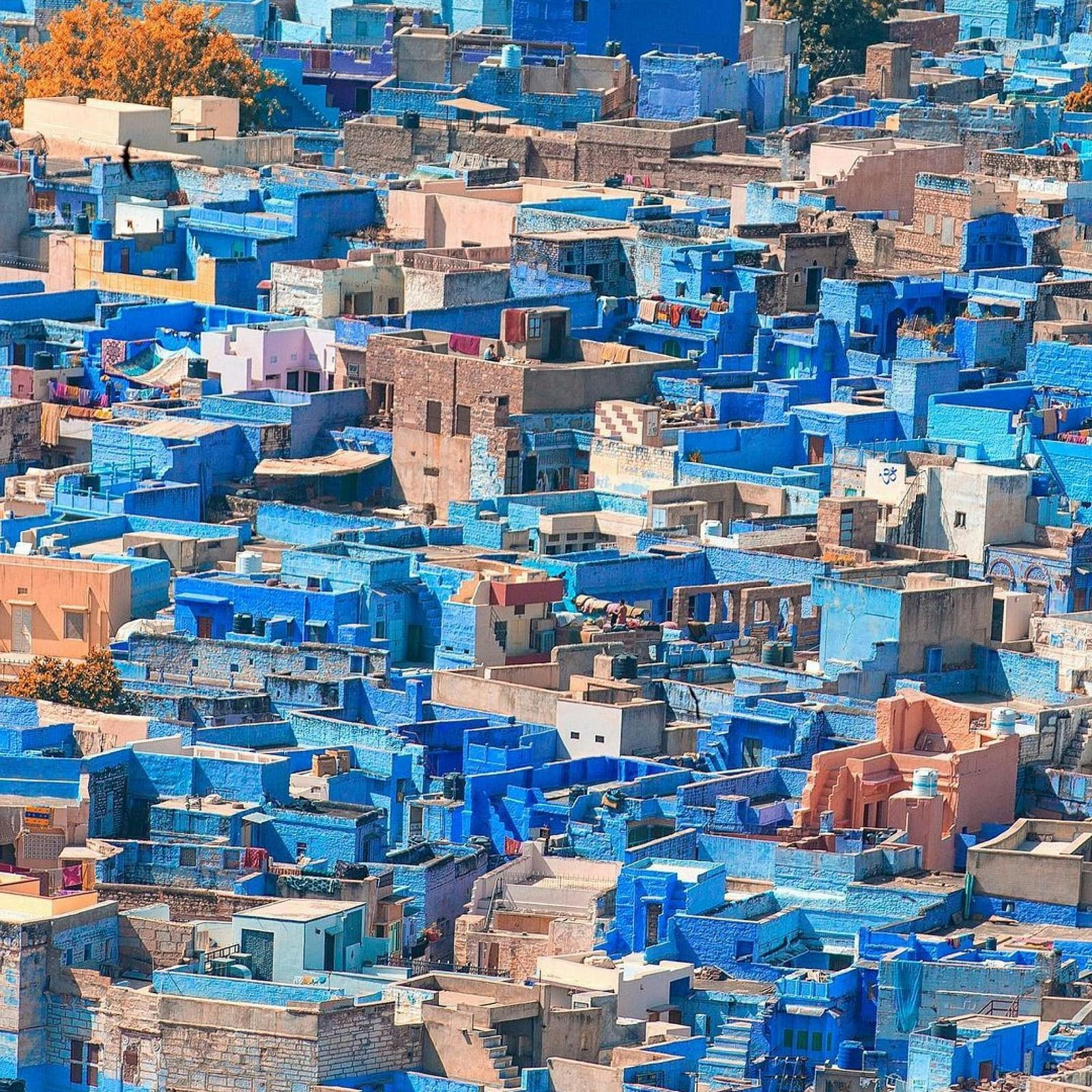
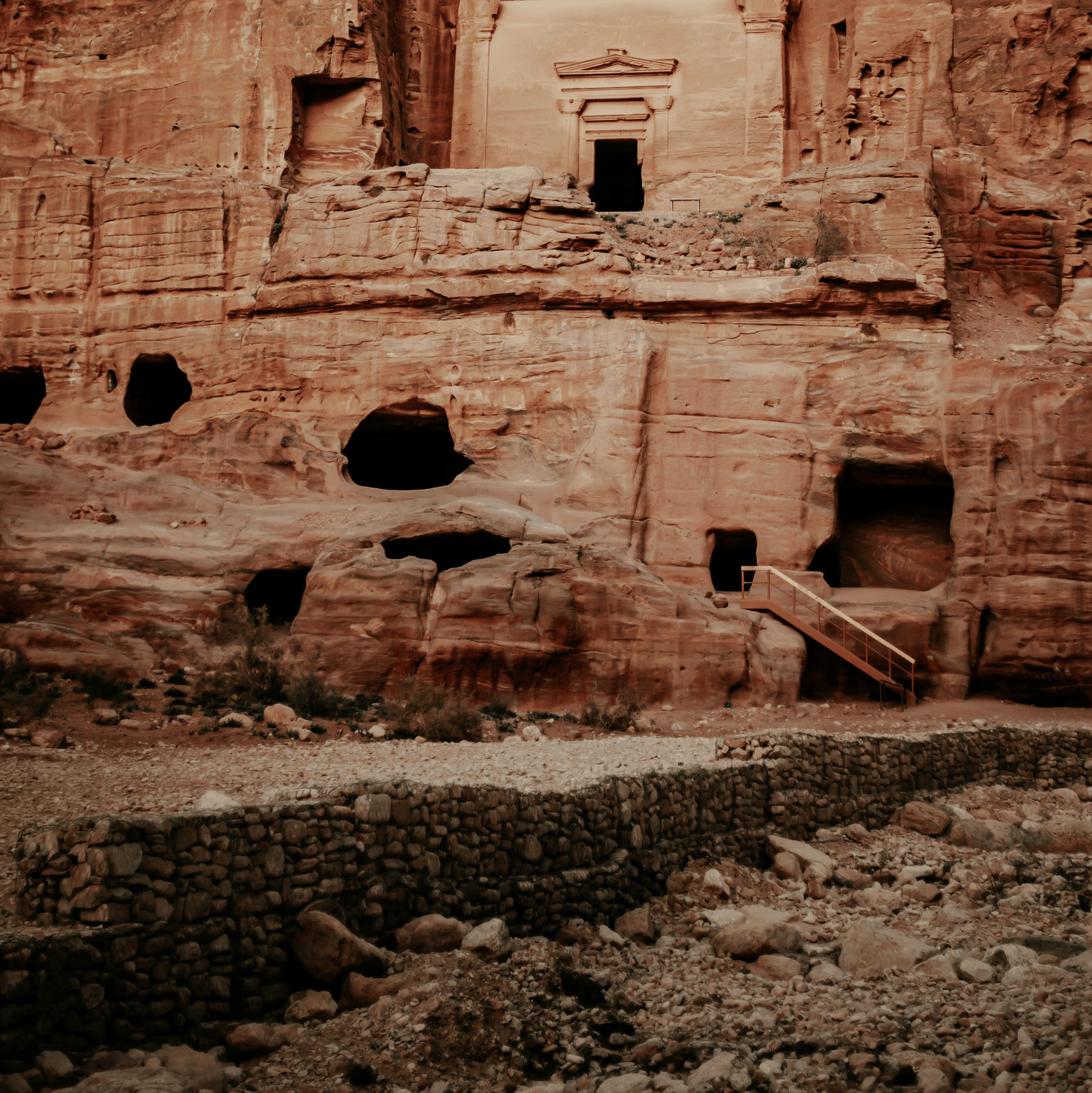
Daijar Gufa Mata Mandir
It is a revered Hindu temple set within natural caves. The caves surrounding the temple are steeped in folklore, believed to have been a secret passage for Ravana’s army during his wedding in Mandore. Due to their complex structure, access to deeper sections is restricted. Situated approximately 7 km away, the site attracts devotees, especially during the Bhogishail Parikrama, a pilgrimage held every four years. While primarily a place of worship, the caves continue to intrigue researchers and explorers.
Rao Jodha Desert Rock Park
Spread across 70 hectares at the foot of Mehrangarh Fort, Rao Jodha Desert Rock Park is a striking example of ecological restoration. Once a neglected wasteland, the park has been transformed into a thriving desert ecosystem featuring native plant species, unique rock formations, and scenic walking trails. Visitors can hike through rugged terrain while spotting desert flora, migratory birds, and small wildlife. With interpretive signs and guided walks available, the park not only offers panoramic views of the fort but also provides a deeper understanding of the region's geology and biodiversity.
